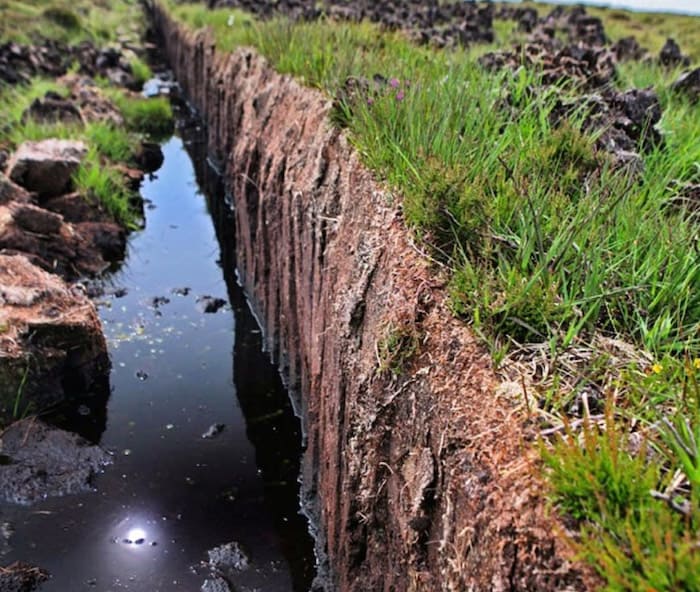My further attempts to lend clarity to the dizzying array of whisky-related terms hurled at pursuers of the category have led me, in this circumstance, to the much ballyhooed and frequently misunderstood term, phenols.
Any good investigative work begins with establishing what you know and what you don’t know about the topic at hand. However, in this case, it might be helpful to subject the ‘known’ portion to a bit of a vetting process. What most consumers know about phenols has been gleaned from the marketing messages fed to them by the whisky industry. This is understandable given that peated whisky producers are rightfully proud of their products and the flavor sources they rely upon to produce them. These marketing messages are, by necessity, simplified versions of an enormously complex topic. So, if you’ll pardon the pun, let’s dig a bit deeper.
Simply put, phenol is a thing, but also a group of things. Phenol is defined chemically as a hydroxyl group (OH) bonded to one or more ‘aromatic hydrocarbon rings’ (a reference to the shape of its chemical structure, not its aroma-generating properties although many, but not all, phenolic compounds produce distinctive aromas). Phenol (aka Carbolic acid) is the base member of the group of organic compounds called phenolic compounds. All other members of this group are derivatives of phenol and are referred to as either simple phenols or polyphenols based on the number of phenol units in the molecule.
There are many sources of phenolic compounds. Plants are a source of phenols. Humans and animals produce phenols as a metabolic by-product, and phenols are also produced during the decomposition of plants and animals. Phenols are synthesized by microorganisms (like yeast) and occur naturally in substances like coal tar and creosote.

Within the context of whisky, the use of the term phenols generally refers to those phenols derived from the burning of peat (for a closer look at peat itself, may I suggest this excellent piece by Dave Broom). One of many notable exceptions is vanillin. Derived from heat-degraded oak lignin (which itself is a polyphenolic polymer) during the maturation phase of whisky, vanillin is technically a phenolic compound.
To produce ‘peated’ barley, the smoke from burning peat is introduced in the barley malting process post-germination, while the damp barley is in the process of being dried. Optimum moisture levels for the barley during this process are between 30% and 15%. A moisture level below 15% means the barley cannot derive phenols from peat smoke, as those compounds do not bond to dry barley husks. This also explains why maltsters treat their barley as gently as possible during malting. If the husk becomes detached from the barleycorn itself during the malting process, the barley’s ability to adsorb peat-derived phenols is lost.
Phenolic concentration in peated barley is measured in parts per million, or PPM. The most common methodologies for determining phenolic PPM in barley are high-performance liquid chromatography (HPLC) and the colorimetric method, with the former generally producing a higher figure than the latter. Though, as Brendan McCarron, Head Of Maturing Whisky Stocks for Glenmorangie & Ardbeg, puts it, “no better tools exist for measuring peat influence in whisky than the human nose and palate”.
For the distiller, peat derived phenols present some challenges. Something on the order of 40 to 80% of the phenolic content of the barley that arrives at the distillery is lost during the production phase alone. Particularly, when it comes to determining cut points from the spirit still run, the distiller faces a vexing dilemma. Since many peat derived phenols have higher boiling points, and are more soluble in water than in alcohol, they tend to come off the still later in the run. If a distiller shifts from heart cut to feints later in the run, more peat derived phenols will be captured in the new make spirit.
However, there is the associated subsequent risk of ultimately producing a ‘feinty’ whisky, which can possess objectionable characteristics of sweat, cheese, and plastic among others. As a result, in most cases, a considerable percentage of peat-derived phenolic compounds are lost to the feints portion of the distillation run.
So, now that you know, next time you enjoy a smoky whisky you can have an idea of the science behind what went into putting it together.









